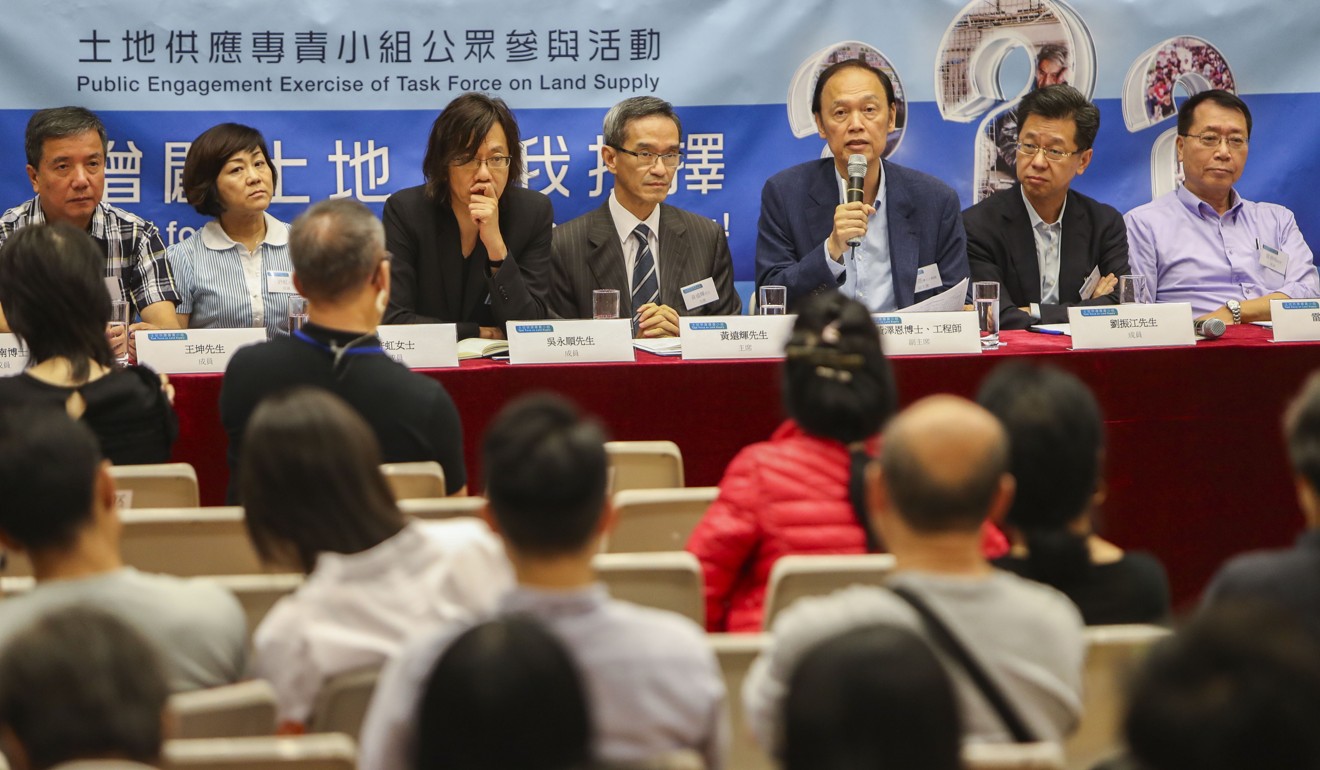
Will public-private partnership approach solve housing shortage in Hong Kong?

With land shortage plaguing Hong Kong, the Task Force on Land Supply launched a five-month public consultation to tackle the issue in late April. One of the options proposed by the Task Force is to adopt a public-private partnership (PPP) approach to release nearly 1,000 hectares of undeveloped private agricultural land in the New Territories.
The PPP approach is aimed at increasing the efficiency of housing development through collaboration between the government and private companies. It offers a number of advantages such as speeding up construction, which in turn, results in greater building efficiency through the benefits of economies of scale.
PPP is not new to Hong Kong. One example being the development of Sha Tin in the 1970s, which was built under the collaboration of four developers holding the full responsibility for reclamation, formation and construction for a 56-hectare site. This enabled a new town city to be established steadily under the appropriate supervision.
However, views vary on the effectiveness of the PPP approach on the use of agricultural land. Many critics are concerned that the approach will lead to collusion between the government and private developers, with completed private residential flats being sold at exorbitant prices – thus only serving to benefit the developers.

It is therefore necessary to increase the transparency in PPP projects to minimise the public’s concern over collusion and demonstrate the realisation of the rule of law, and most importantly, increase the supply of housing units in Hong Kong.
The PPP has been commonly used overseas for more than four decades now. Through legislative reform and regulatory measures, the British government set up a task force – Infrastructure and Projects Authority – to accelerate the process of public-private partnership projects.
The affordable housing policy in London too has adopted such a development model. The British government stipulates that if developers can provide about 35 per cent of the total number of residential units as affordable housing, the vetting and approval of their planning application procedure will be expedited.
Hong Kong can therefore benefit from mirroring the British PPP model through setting up an independent body whereby the government can invite different professionals to review the PPP project applications. The whole vetting and approval procedure, land premium, requirements of infrastructure facilities and project cost can be listed out.
Some Hong Kong developers hold substantial reserves of agricultural land that can benefit from the government’s provision of primary ancillary facilities such as fresh water supplies, sewage discharge and roads.
The developers may build such facilities with costs being deducted from the land price. If developers would like to adopt the PPP approach, the new independent body can further formulate the criteria for vetting and approval of development. For example, the amount which should be paid for land premium, the practice for assisting the government in establishing public housing or required facilities, the amount which can be deducted from the building cost, and most importantly, the number of public housing that can be built.
The government assesses the land premium based on the difference between the values of the plot before and after the change in land use. One major disagreement between developers and government is the “before value” of the land. To expedite the release of agricultural land for residential purpose, it is suggested that the government should refer to the ex gratia zonal compensation system which consists of four compensation zones for agricultural land in the New Territories and the “ex gratia compensation rate” announced by the Lands Department as the land premium indicators.
It is suggested that the government can resume agricultural land of private developers for development purpose.
Some argue that the government can expropriate more than 1,000 hectares of agricultural land from the developers and re-sell the land thereafter. However, if the government resumes agricultural land and provides infrastructure themselves, it will have to pay billions in compensation. This adds financial burden to the government, which is an impractical and inefficient way to tackle the housing problem.
Hence, the PPP approach can effectively enhance the use of land resources, far better than compensation for land reclamation. The establishment of an independent body and the increasing transparency of the actions in PPP projects not only help release the public concern over the execution of the PPP projects, but also contribute to its successful implementation.
Chiu Kam-kuen is head of valuation and advisory Services for Asia-Pacific at Cushman & Wakefield